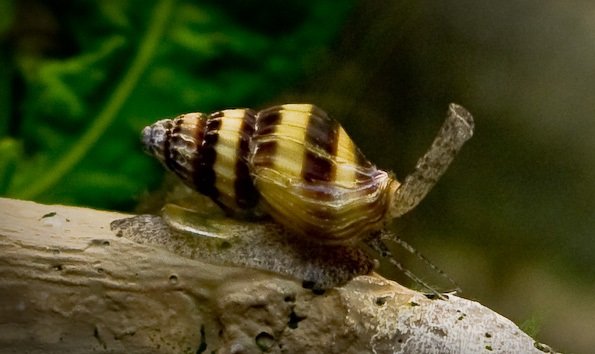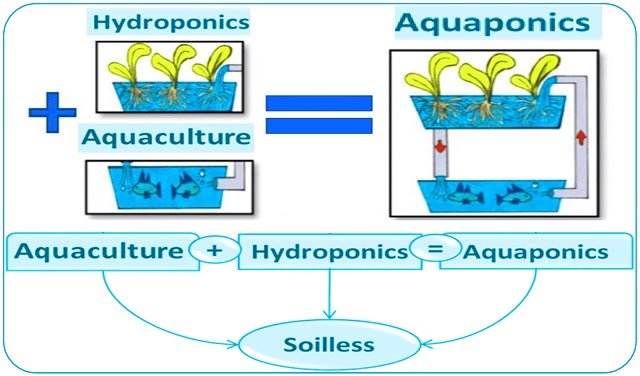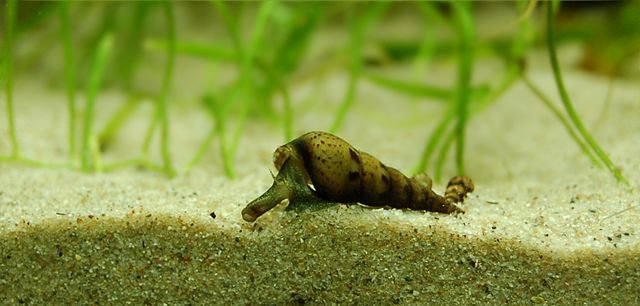Italy.- Lao PDR enjoys a rich aquatic biodiversity, with rice fields acting as an environment that is home to an impressive diversity of aquatic organisms. The aquatic animals and plants that thrive in these rice fields are key to the nutritional and food security needs of Lao’s people, particularly in rural areas. Aquatic animals present in these rice fields and consumed by the local people include not only fish, but also frogs, eels, snails, crabs and aquatic insects.
Studies conducted over the past decade consistently illustrate that the wide array of food produced in these rice fields are key sources of animal protein and micronutrients for many rural dwellers, and especially important to meet the nutritional requirements and development needs of pregnant women and children.
One study in Lao PDR’s Savannakhet Province illustrated that some families’ daily consumption reached three kilogrammes of aquatic animals and plants harvested each day from their rice fields. The data from this study also showed that aquatic animals such as frogs, snails, shrimps, crabs and insects are as important to local food security as the fish also harvested from the ponds. Even though harvesting of these aquatic animals is highest during the rainy season, through various methods of preservation, these resources continue to make an important contribution to rural families’ food security throughout the year.
More information at: http://www.fao.org/blogs/blue-growth-blog/strengthening-integrated-aquatic-plant-and-animal-farming-in-the-rice-fields-of-lao-pdr/en/
Editor at the digital magazine AquaHoy. He holds a degree in Aquaculture Biology from the National University of Santa (UNS) and a Master’s degree in Science and Innovation Management from the Polytechnic University of Valencia, with postgraduate diplomas in Business Innovation and Innovation Management. He possesses extensive experience in the aquaculture and fisheries sector, having led the Fisheries Innovation Unit of the National Program for Innovation in Fisheries and Aquaculture (PNIPA). He has served as a senior consultant in technology watch, an innovation project formulator and advisor, and a lecturer at UNS. He is a member of the Peruvian College of Biologists and was recognized by the World Aquaculture Society (WAS) in 2016 for his contribution to aquaculture.




